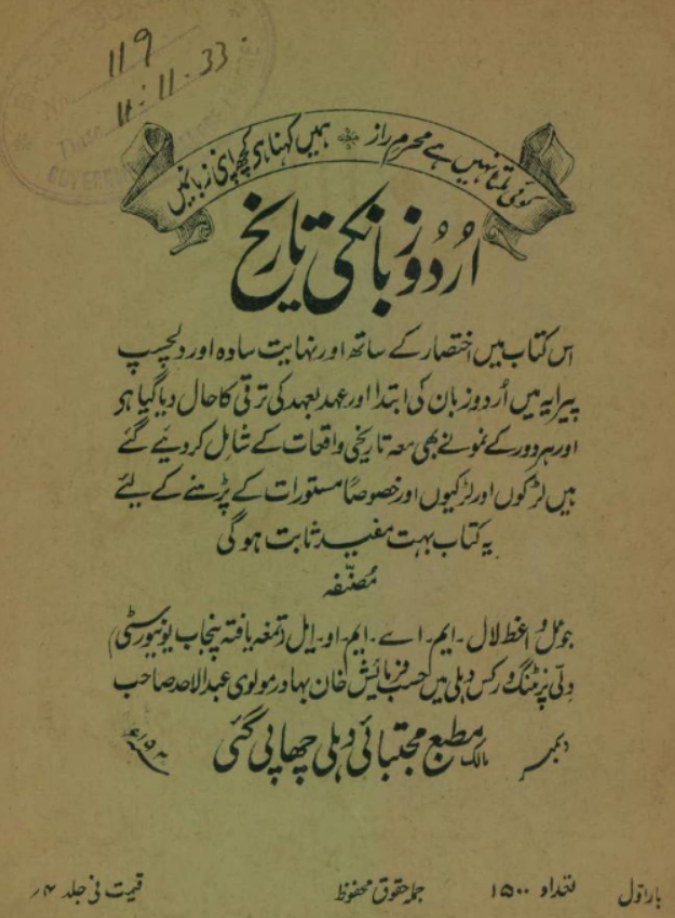•
Urdu is an Indo-European language spoken mainly in the Indian
Subcontinent. It has been described as a Persianised
register of the Hindustani language, the other register being the
Sanskritised Hindi language.
•
It developed in the 11th century CE from the regional 'Khariboli'
dialect of northwestern India. This mixed
speech was variously called Hindvi, Hindi, Rekhta, Gujari, Dakkhani,
or just Urdu.
•
Urdu and Hindi share a common Sanskrit- and Prakrit-derived
vocabulary base, syntax and grammar, making
them mutually intelligible during colloquial communication.
•
While formal Urdu draws literary, political, and technical
vocabulary and script from Persian, formal Hindi
draws these aspects from Sanskrit.
• Urdu uses a modified form of Perso-Arabic script known as Nastaʿlīq, while Hindi uses Devanagari.
•
In 21st century Urdu is best known as the national language and
lingua franca of Pakistan, where it is also an
official language alongside English.
•
In India, Urdu is one of the 22 scheduled languages whose status
and cultural heritage is recognized by the
Constitution of India.
•
It is also spoken as a minority language in Nepal and Bangladesh.
Moreover there is a large diaspora of people
living outside of South Asia which speaks Urdu as their first or
second language.
•
By year 2023, there are in total 230 million Urdu peakers
worldwide. This puts Urdu as the tenth most spoken
language globally. Together with Hindi it is the third biggest
language of the world after English and Mandrin,
with 830 million speakers.

